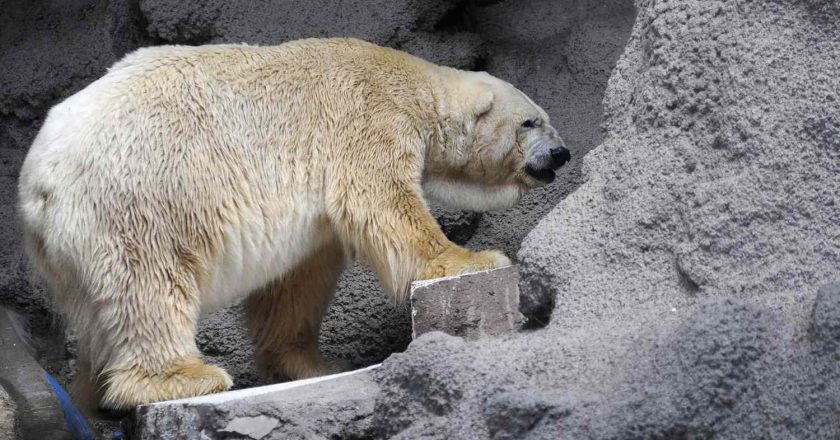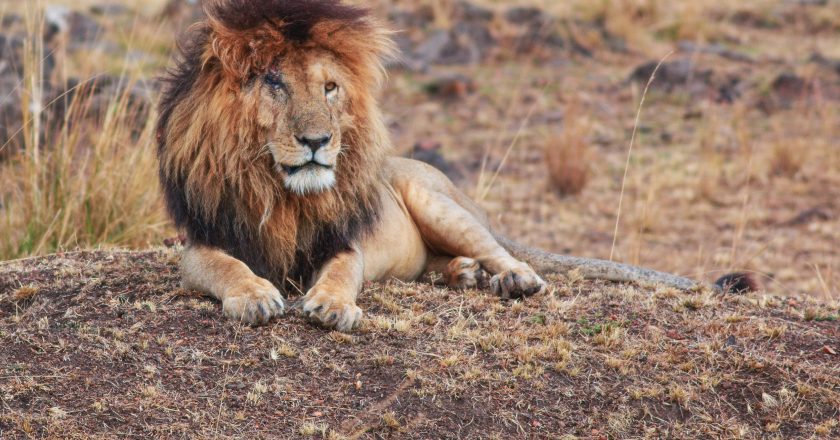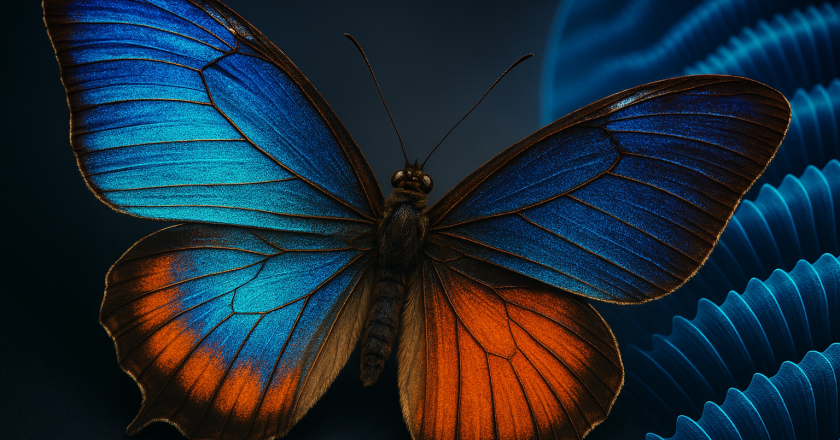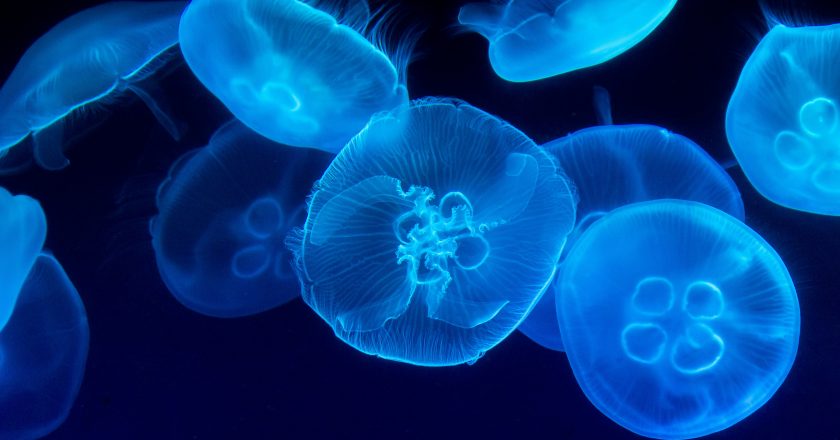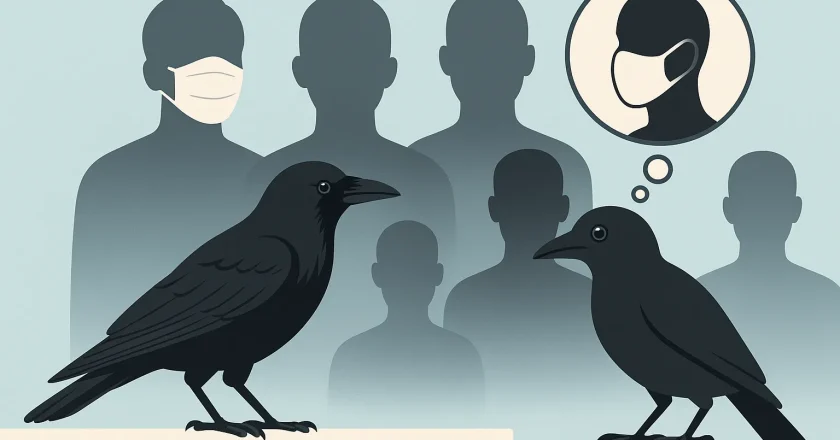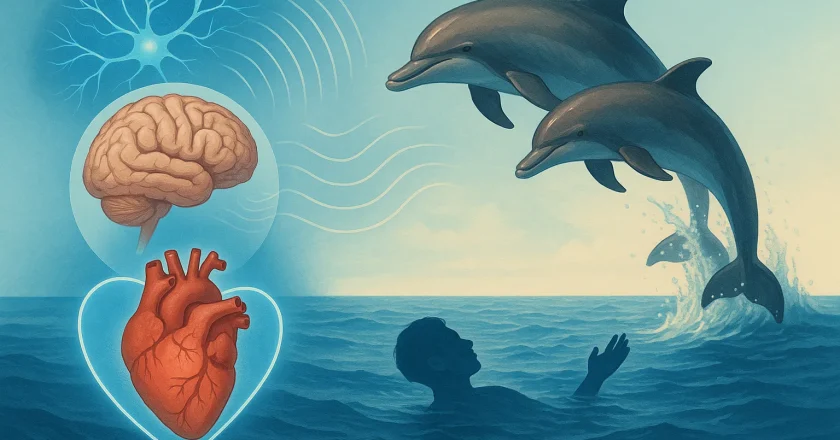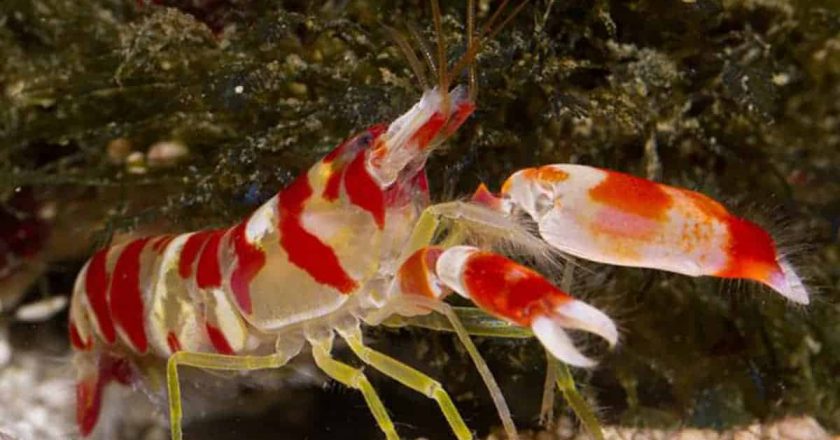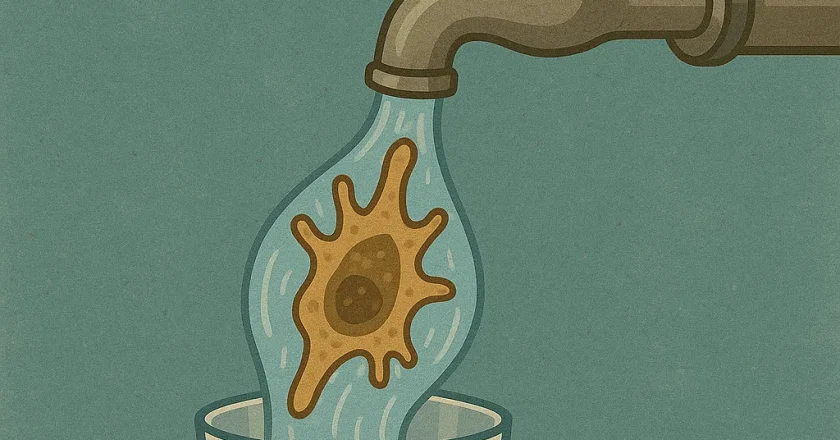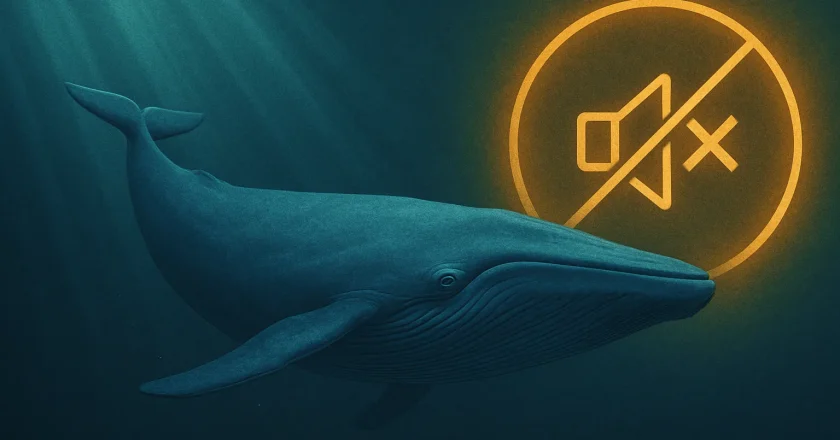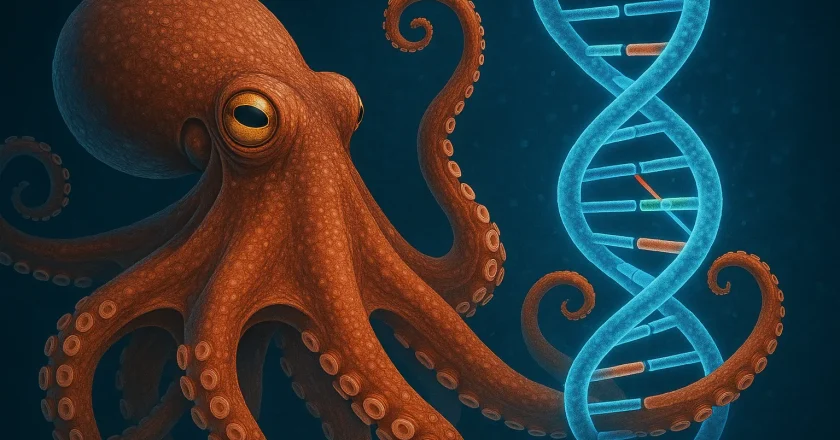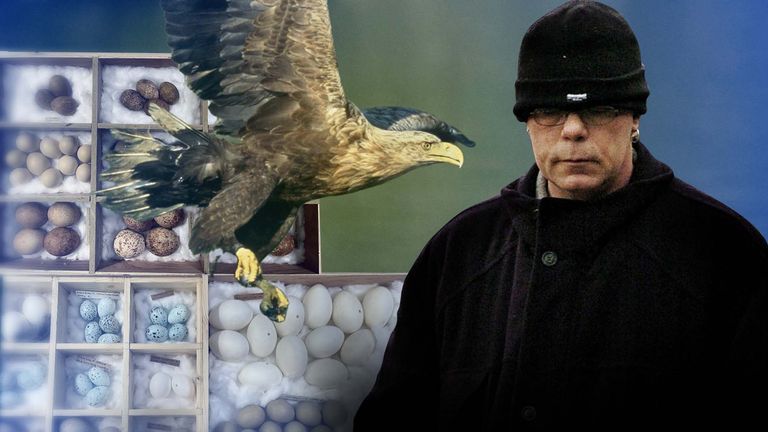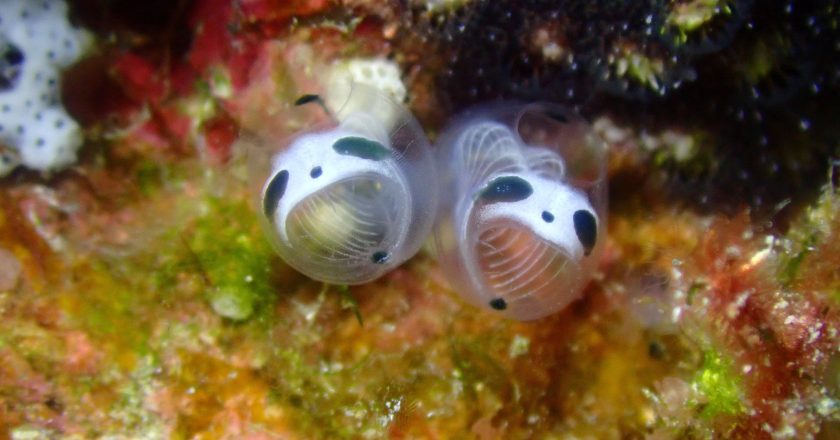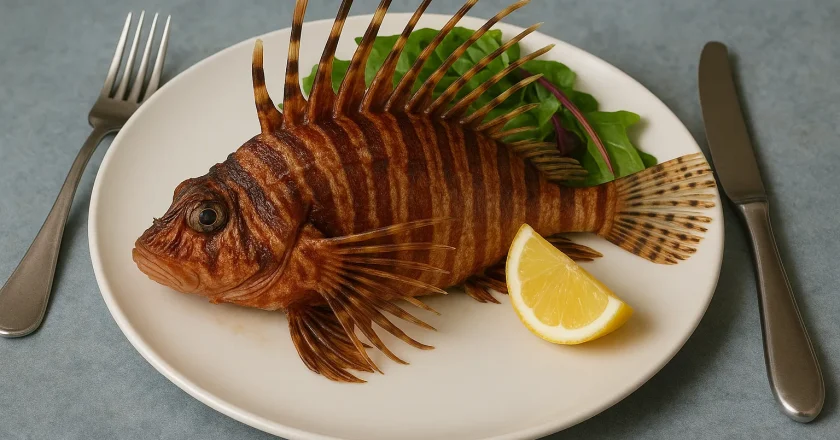Bhutan: The Quiet Revolution of a Carbon-Negative Kingdom
In a world obsessed with growth charts, GDP rankings, and relentless consumption, Bhutan feels almost unreal. Tucked between the towering Himalayas, this small, landlocked nation has achieved something the rest of the world still treats as a distant aspiration: it absorbs more carbon dioxide than it emits. While global summits debate emission targets decades into the future, Bhutan already lives in that future. It is, quite literally, the world’s only carbon-negative country — and it achieved this not through technological obsession or economic dominance, but through philosophy, restraint, and an unusually deep respect for nature.
Bhutan’s carbon-negative status is not a marketing slogan or a temporary statistical anomaly. It is the result of decades of deliberate choices rooted in cultur...


